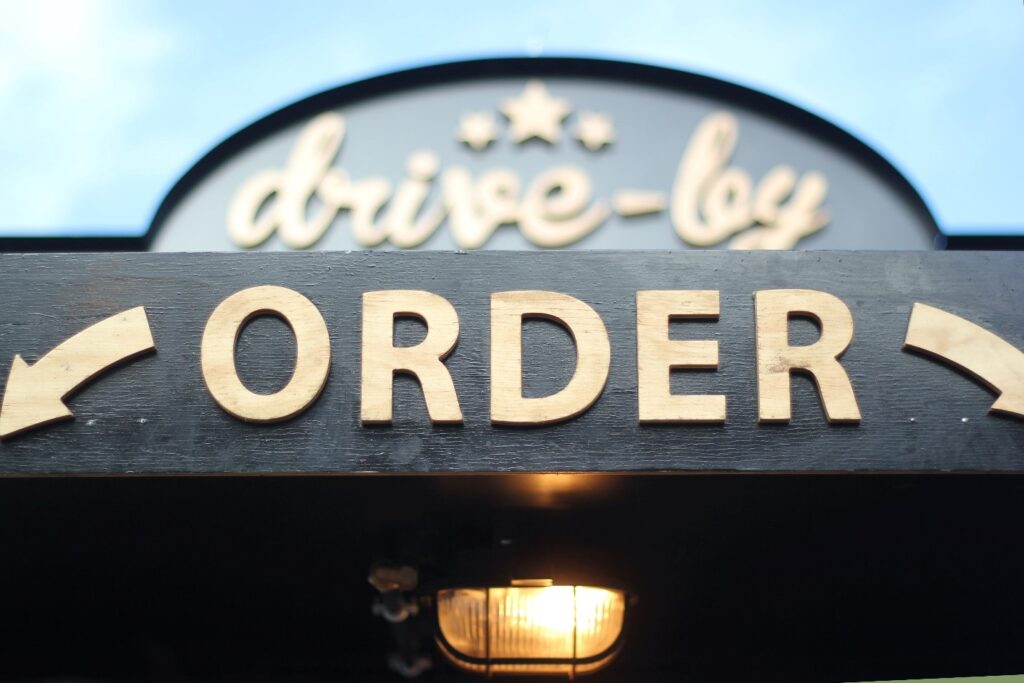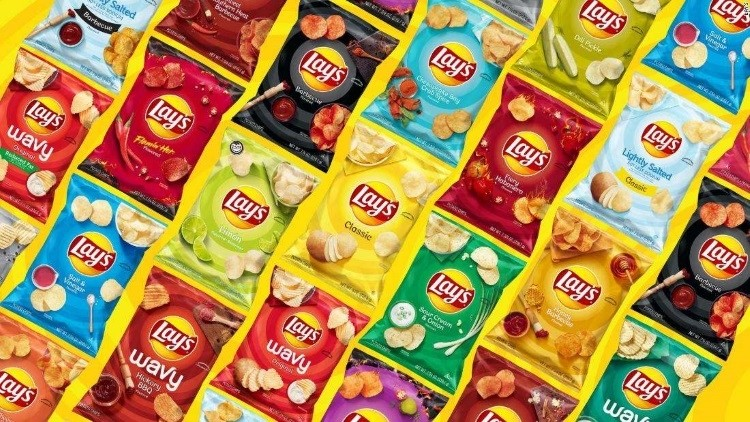Drive-thrus have reached peak popularity thanks to COVID-19. When lockdowns occurred worldwide, only the drive-thrus remained. Using mobile technology, they offered what industry experts call “frictionless” dining – minimum contact with maximum fast food. They made diners feel safer in an unsafe world.
Fast food chains with drive-thrus have prospered, while those without them have struggled. According to Restaurant News, a Chicago-based trade magazine, drive-thrus normally account for two-thirds of McDonald’s sales, but in recent months that number increased to 90 percent.
Starbucks closed its stores, but thanks to drive-thrus, it managed to keep 75 percent of their revenue from the year prior. In February 2019, Chipotle had ten drive-thrus, but now has 100 “Chipotlanes” and is hiring 10,000 more workers.
It’s not just fast-food companies that are embracing the drive-thru model. Tubman Funeral Homes in Ottawa, Ontario, held drive-thru memorial services. Students at a Calgary, Alberta high school held a drive-thru graduation ceremony. And, of course, COVID-19 testing lanes have come out of necessity during the pandemic.
The New York Times predicted a “future without cars” a few weeks ago, a telling reproach to the popularity of drive-thrus. When people feel threatened, they seek shelter. During the pandemic, shelter has meant automobiles.
Pre-COVID-19, drive-thrus were used on an early-morning car journeys, to feed children in a bind and to satisfy cravings with fast food. Since they combine zero exercise with fast food, many use them because they are alone and have the urge to buy something that is inarguably bad for them.
Drive-thrus have become a lifeline to our previous tendencies that do more than just fulfill our cravings for salt, sugar and fat anymore. The nostalgic aspect of drive-thru dining promises customers that they will one day repeat the past and eat in restaurants without fear.
As the country opens up in stages, drive-thru dining has remained desirable. That’s unlikely to change soon as drive-thrus will remain a fixture in our post-pandemic lives. Many predict that there is currently a drive-thru revolution underway.
According to QSR, a website that focuses on the limited-service food industry, “the newest buzzword is AI – artificial intelligence – which could improve the drive-thru operation by replacing the employee at the speaker, recognizing each car’s past orders, or simply predicting what the customer might want to order at that particular time of day.”
Perhaps one day we might be able to go to a drive-thru and thanks to AI, we won’t even have to order. They may already know what we want. Instead of drive-thrus, we may have walk-ups. There’s a whole new world of indulging in food-based guilty pleasures on the horizon.








Join or login to leave a comment
JOIN LOGIN